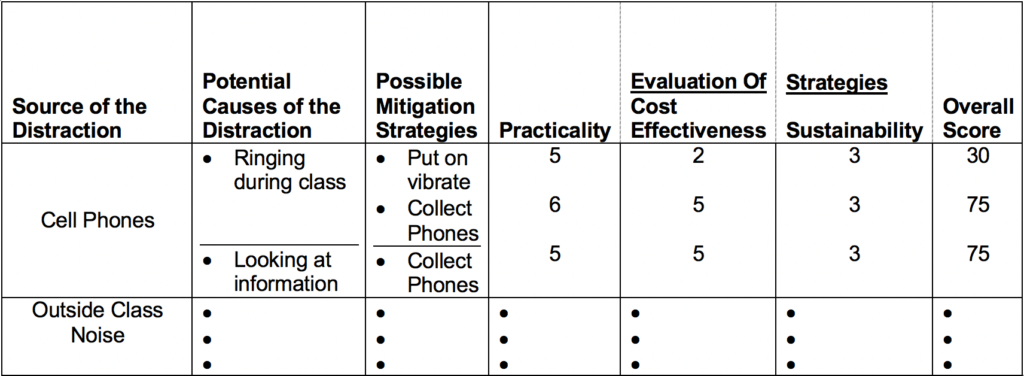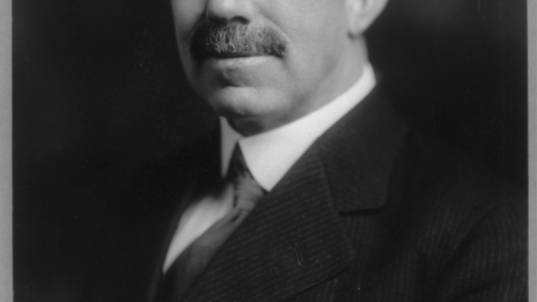
Photo by Ola Dapo from Pexels
Dr. Reginald Whitcomb was a former Nasa engineer at NASA who was asked to teach a class on design thinking to a cross section of students on campus. His course was heavily promoted and the results of the class were much anticipated. That’s what made the early group discussions of their design idea so disappointing.
The problems were that the students were easily distracted. As a result, the group discussions never achieved the desired results. While the students were very creative, they also lacked focus. Whitcomb decided to teach them a modified version of a tool he had used at NASA. The students were asked to analyze their problems with distractions using the diagnostic tool shown below.

The students became very engaged in completing the analysis. You could tell from their discussion, that they wanted to find solutions. When they came to the next class, they implemented their solutions. What Dr. Whitcomb hadn’t anticipated was the collaboration in resolving the distraction problem became a wonderful model to advance their discussion skills.
Disturbances are one of the challenges for most collaborative discussion groups. The most common distractions are: electronics, work issues, side conversations, getting off track, personality issues, and external noises. Most group members have extensive experiences with distractions. If they are committed to the overall task, the group members will also want to reduce those distractions.
When the group first gets together, a very productive icebreaker is to work through prevention strategies for distractions. This icebreaker will allow the group to have an early experience at working together while laying the groundwork for future discussions.
This early work on avoiding distractions will generally not be effective if it is not evaluated on a regular basis. It helps to post a distraction avoidance agreement at the meeting site when everyone can see it. Another approach is to ask one group member to be a “distraction monitor” who quietly works to reduce and eliminate distractions.
One final note on Dr. Whitcomb’s class. They used a modified version of the distraction analysis tool to evaluate the design possibilities they developed. Approaching a discussion challenge using a structured analytical approach can often be effective in exploring and evaluating other aspects of the collaboration.
* * *
“You will never reach your destination if you stop and throw stones at every dog that barks.” – Winston Churchill
This post is part of our “Think About” education series. These posts are based on composites of real-world experiences, with some details changed for the sake of anonymity. New posts appear on Wednesdays.



